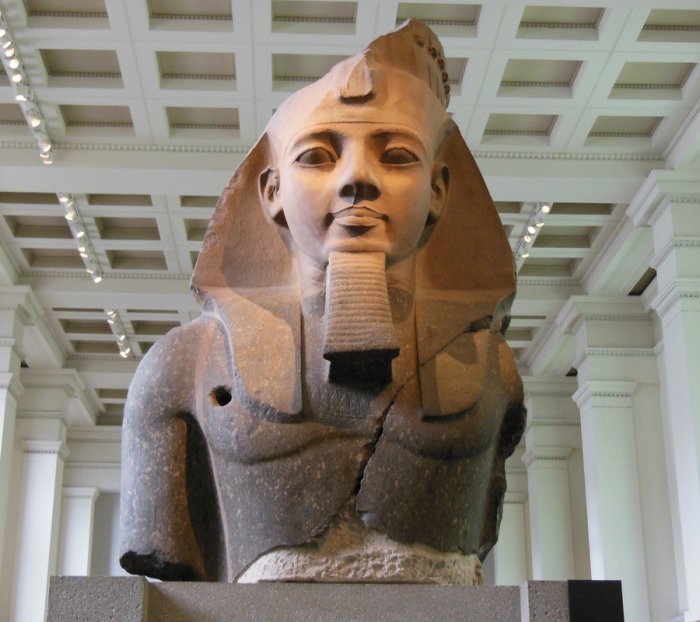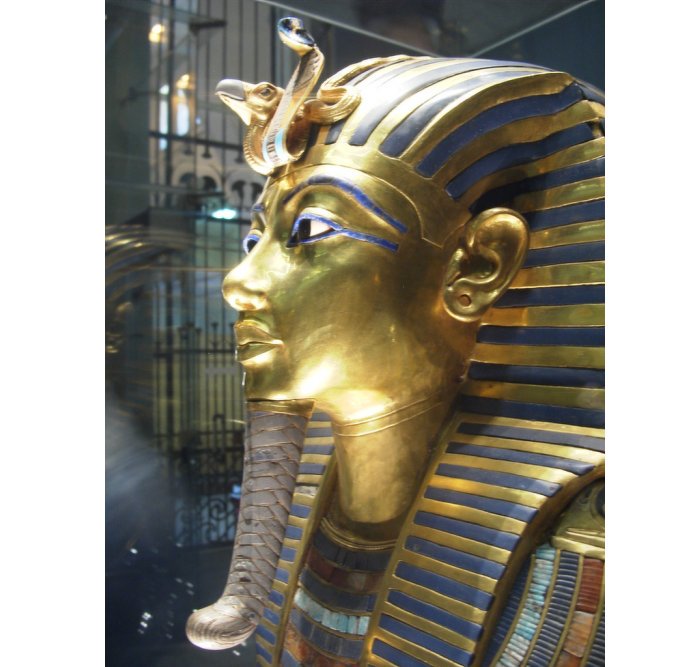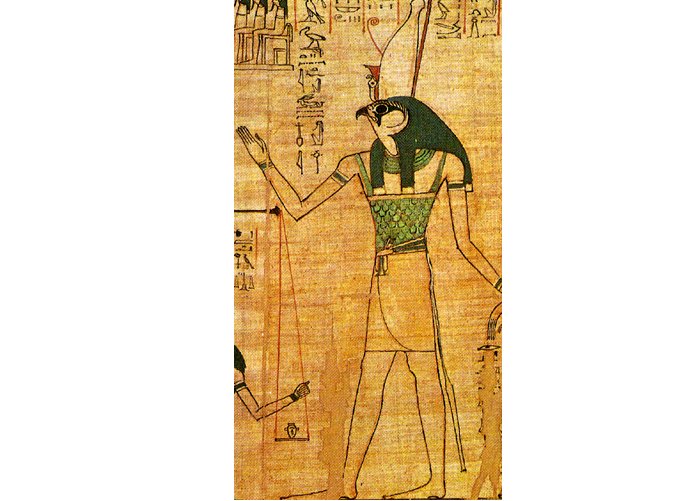10 Fascinating Facts About Pharaohs
Ellen Lloyd - AncientPages.com - In ancient Egypt, pharaohs were considered to be both divine deities as well as mortal rulers. The ancient Egyptian empire lasted for thousands of years and over this period of time, there were at least 170 pharaohs in all. According to historical records, Menes was the first pharaoh of Egypt and Cleopatra VII was the last.
In this article, we have put together 10 fascinating facts about pharaohs. Some of the facts are well-known, but there are also a few that are quite surprising.
1. The Term “Pharaoh” Was Not Used Until About 1200 B.C.
The term 'pharaoh' is the Greek form of the Egyptian 'pero' or 'per-a-a', which was the designation for the royal residence and means `Great House'. It was not used until about 1200 B.C. The early monarchs of Egypt were not known as pharaohs but as kings. It was first during the time of the New Kingdom and onwards the word pharaoh it was used to refer to the king himself.
2. Long And Hard Training Was Required To Become A Pharaoh
To become a pharaoh was by no means an easy task. It required a long period of hard training that started were very early in a prince’s life. Young children went through a series of lessons. Many of these lessons focused on building physical strength because the pharaoh often fought at the head of his army. Princes went to the royal stables where they learned how to ride and break wild horses. They also ran long foot races to build endurance and went on hunting and fishing expeditions. In time, a prince hoped to persuade a pharaoh to take him on as his ‘co-regent’. When a pharaoh died, control went to his co-regent.
3. Only A Pharaoh Was Allowed To Make Offerings To The Gods
The pharaohs were also the high priests and made daily offerings to the gods. Only the kings and priests were allowed to enter the temples which were believed to house the gods whose spirits resided in their statues.
It was believed that pharaohs were the only people who were allowed to approach and touch the gods. Pharaohs are the only people shown making offerings to the gods in temple wall paintings.
4. Pharaohs Were Always Depicted With A Beard
Pharaohs always had a beard. In most cases, it was a false beard. In real-life, most Egyptian men were clean-shaven, but pharaohs, even the female ones, wore fake beards. Usually, the beards were plaited like a big braid. It was believed that the beard let the pharaoh connect closer to the gods.
See also:
Ancient Egyptian Men Used Eye Makeup For Many Reasons
Ancient Egyptians Played Bowling 5,000 Years Ago
Egyptian Blue: World’s Oldest Artificial Pigment
5. The Pharaoh Had The Greatest Power In Ancient Egypt
No-one was as powerful as the pharaoh in ancient Egypt. The pharaoh was completely in charge of law and order, trade and industry, and the taxation of the temple lands and private estates. The pharaoh was also the head of Egypt’s legal system. If an Egyptian felt he had been wronged, he could appeal directly to the pharaoh for justice.
6. The Pharaoh Wore A Nemes Crown
Egyptian pharaohs wore ceremonial clothes and several symbols indicating their power and position in Egyptian society. A Nemes crown was a striped head cloth that covered the entire back of the head and neck. On top of the Nemes crown was uraeus, an upright cobra.
See also: 12 Ancient Egyptian Symbols Explained
The cobra was a sign that meant the pharaoh was ready to strike at his enemies with venom at any time. The uraeus is the symbol of the ancient Egyptian goddess Wadjet. Other important symbols used by the pharaohs were the crook and the flail. The crook shows that the pharaoh leads and protects his people. Moreover, the flail ia a tool that helps to separate grains from their husks so it symbolizes the pharaoh’s role as the provider of food for his people.
7. Pharaohs Were Always Depicted And Young And Handsome Even If They Were Old And Fat
It really didn’t matter if the pharaoh was fat or utterly ugly. He was always depicted as a young handsome man in ancient Egyptian art.
8. Pharaoh Was The Human Form Of Sky God Horus
God Horus
Ancient Egyptians believed that the pharaoh was the human form of sky Horus, and then when he died, the dead pharaoh was the human form of Osiris. More generally, Horus was a sky god, the son of the sun god, Ra. He was the god of war and the god of protection against evil. A lot of people carried good luck charms in the shape of the eye of Horus, to watch out for their safety.
9. All Pharaohs Wore Makeup
Both male and female pharaohs wore makeup. They painted the eye area with black kohl from ground ores (metal-bearing mineral), not just for beauty but also to reduce light reflection. Aside from considering beauty as holiness, they needed to be comfortable under the northern Nile Valley’s bright sunshine. They also believed that by lining their eyes with kohl and creating an almond-shape, their eyes would resemble the eyes of the god Horus. As such, the resemblance would enable them to protect themselves against evil spirits and eye diseases. Pharaohs also darkened their eyebrows and eyelashes, and they preferred to apply green or blue eye shadow.
Frescoes discovered in ancient Egyptian temples illustrating daily life reveal men often wore makeup. In fact, it’s almost impossible to find a portrait of an ancient Egyptian whose eyes are not decorated.
During all periods and dynasties, eye makeup was a daily prerequisite for both men and women.
10. Pharaohs Spent Their Reigns Preparing For Their Death
Afterlife was in many ways just as important as real-life to the pharaohs who spent their reigns preparing for their death.
Pharaohs built tombs to be the homes of their dead spirits so they could still live well even in the afterlife. The construction of their tombs or pyramids would begin as soon as they took the throne. Tomb of Pharaoh Seti I is the largest tomb in the Valley of the Kings.
Written by - Ellen Lloyd - AncientPages.com
Copyright © AncientPages.com All rights reserved. This material may not be published, broadcast, rewritten or redistributed in whole or part without the express written permission of AncientPages.com
More From Ancient Pages
-
 Mount’s Bay, Lyonesse, Langarroc: Legendary Submerged Lands And Buried Towns Of Cornwall
Featured Stories | Apr 21, 2022
Mount’s Bay, Lyonesse, Langarroc: Legendary Submerged Lands And Buried Towns Of Cornwall
Featured Stories | Apr 21, 2022 -
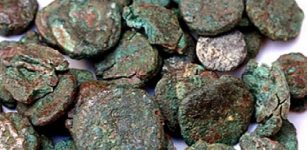 Thousands Of Ignored ‘Nummi Minimi’ Coins Found In Ancient Marea, Egypt With Hidden Fascinating History
Archaeology | Dec 10, 2023
Thousands Of Ignored ‘Nummi Minimi’ Coins Found In Ancient Marea, Egypt With Hidden Fascinating History
Archaeology | Dec 10, 2023 -
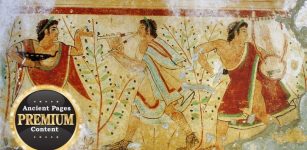 Intriguing Evidence Etruscans May Have Visited Canada
Ancient Mysteries | Sep 30, 2018
Intriguing Evidence Etruscans May Have Visited Canada
Ancient Mysteries | Sep 30, 2018 -
 On This Day In History: Noah Webster, Jr. “Father Of American Scholarship And Education” Was Born – On Oct 16, 1758
News | Oct 16, 2016
On This Day In History: Noah Webster, Jr. “Father Of American Scholarship And Education” Was Born – On Oct 16, 1758
News | Oct 16, 2016 -
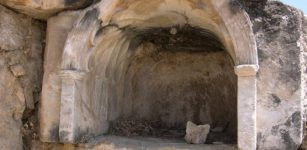 Plutonium: Dangerous Pluto’s Gate Was An Ancient Gateway To Hell At Hierapolis That Was Real
Featured Stories | Feb 18, 2017
Plutonium: Dangerous Pluto’s Gate Was An Ancient Gateway To Hell At Hierapolis That Was Real
Featured Stories | Feb 18, 2017 -
 Identity Of Anti-Christ And Number 666 Revealed By Ancient History Professor
Archaeology | Apr 6, 2019
Identity Of Anti-Christ And Number 666 Revealed By Ancient History Professor
Archaeology | Apr 6, 2019 -
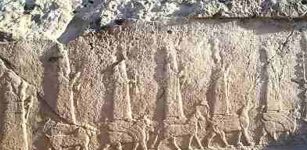 Ten Inscriptions Related To Sargon Unearthed At Ancient Assyrian Site In Iraq’s Kurdistan Region
Archaeology | Jan 20, 2020
Ten Inscriptions Related To Sargon Unearthed At Ancient Assyrian Site In Iraq’s Kurdistan Region
Archaeology | Jan 20, 2020 -
 On This Day In History: Execution Of Saints Crispin And Crispinian – On Oct 25, 286
News | Oct 25, 2016
On This Day In History: Execution Of Saints Crispin And Crispinian – On Oct 25, 286
News | Oct 25, 2016 -
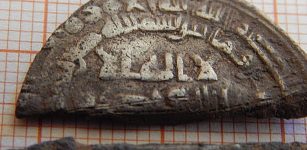 Treasure Trove Of Arabic Coins Dated Back 1,000 Years Unearthed In Graveyard In Poland
Archaeology | Jul 9, 2019
Treasure Trove Of Arabic Coins Dated Back 1,000 Years Unearthed In Graveyard In Poland
Archaeology | Jul 9, 2019 -
 Ancient Roman Sandal With Nails And Game Pieces Found Under A Playground In Germany
Archaeology | Nov 22, 2024
Ancient Roman Sandal With Nails And Game Pieces Found Under A Playground In Germany
Archaeology | Nov 22, 2024 -
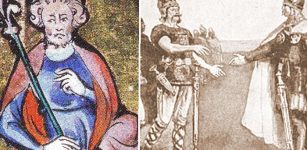 Battle Of Assandun: The Great Battle In English History And A Brief Period Of Viking Dominion In England
Featured Stories | Apr 11, 2016
Battle Of Assandun: The Great Battle In English History And A Brief Period Of Viking Dominion In England
Featured Stories | Apr 11, 2016 -
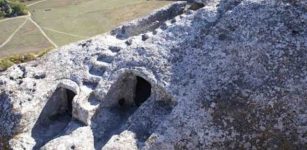 Mangup-Kale: Spectacular Ancient Cave City Hidden In The Crimean Mountains And Home To The Mysterious Kingdom Of Feodoro
Civilizations | Aug 4, 2015
Mangup-Kale: Spectacular Ancient Cave City Hidden In The Crimean Mountains And Home To The Mysterious Kingdom Of Feodoro
Civilizations | Aug 4, 2015 -
 Ale Conner: Unpleasant And Dangerous Profession In Medieval England
Ancient History Facts | Oct 19, 2017
Ale Conner: Unpleasant And Dangerous Profession In Medieval England
Ancient History Facts | Oct 19, 2017 -
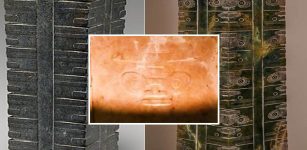 Mysterious Ancient Figure Depicted On A Jade Cong May Re-Write History Of China
Artifacts | Oct 11, 2019
Mysterious Ancient Figure Depicted On A Jade Cong May Re-Write History Of China
Artifacts | Oct 11, 2019 -
 Migration Of Early Humans Out Of Africa Began Thousands Of Years Earlier Than Previously Thought
Archaeology | Dec 18, 2017
Migration Of Early Humans Out Of Africa Began Thousands Of Years Earlier Than Previously Thought
Archaeology | Dec 18, 2017 -
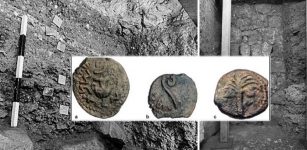 New Discovery: 2,000-Year-Old Monumental Street In Jerusalem Built By Pontius Pilate
Archaeology | Oct 21, 2019
New Discovery: 2,000-Year-Old Monumental Street In Jerusalem Built By Pontius Pilate
Archaeology | Oct 21, 2019 -
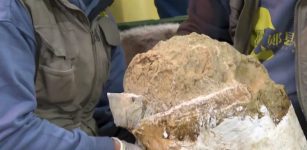 Fossilized Million-Year-Old Human Skull Of Yunxian Man Excavated In China
Archaeology | Jan 10, 2023
Fossilized Million-Year-Old Human Skull Of Yunxian Man Excavated In China
Archaeology | Jan 10, 2023 -
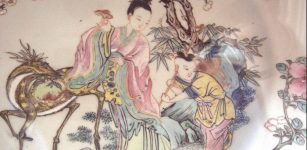 Goddess Xi Wangmu (Xiwangmu) Who Controlled Life, Death, Creation And Talked Directly To Humans In Chinese Mythology
Chinese Mythology | Mar 12, 2020
Goddess Xi Wangmu (Xiwangmu) Who Controlled Life, Death, Creation And Talked Directly To Humans In Chinese Mythology
Chinese Mythology | Mar 12, 2020 -
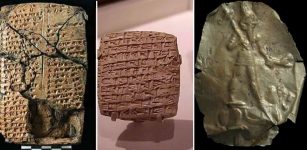 Kültepe: Once Part Of The Kingdom Of Hittites And The Center of a complex network of Assyrian trade colonies in the 2nd millennium B.C.
Civilizations | Oct 16, 2015
Kültepe: Once Part Of The Kingdom Of Hittites And The Center of a complex network of Assyrian trade colonies in the 2nd millennium B.C.
Civilizations | Oct 16, 2015 -
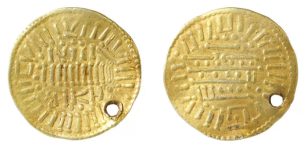 Vikings May Have Made Imitation Gold Dinar Found In Morston, Norfolk – Expert Says
Archaeology | Apr 5, 2023
Vikings May Have Made Imitation Gold Dinar Found In Morston, Norfolk – Expert Says
Archaeology | Apr 5, 2023


